

Max Davies
2026 Toyota HiAce review
43 Minutes Ago
Introducing the latest take on the Audi Q8 – a plug-in hybrid which is as much about power as it is efficiency.
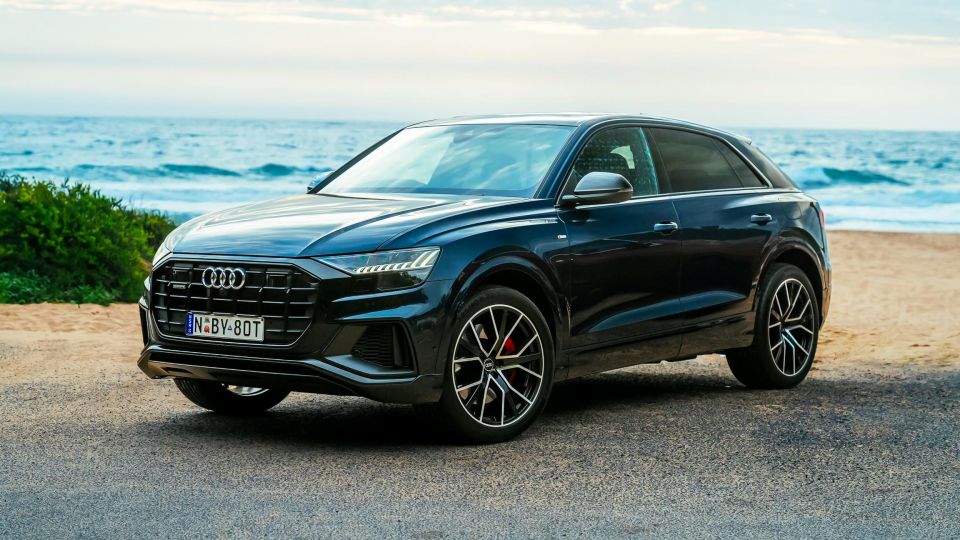
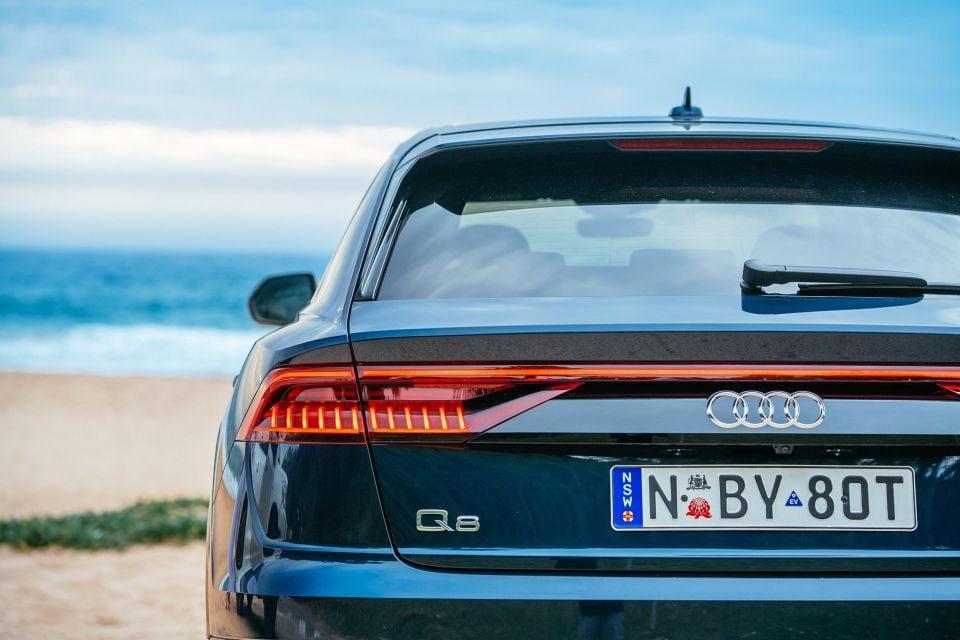

Quickly see how this car stacks up against its competition. Select any benchmark to see more details.
Where expert car reviews meet expert car buying – CarExpert gives you trusted advice, personalised service and real savings on your next new car.
The Audi Q8 range is the most expansive line-up of models in Australia, and the latest addition – this 2024 Audi Q8 60 TFSI e plug-in hybrid – adds yet another option for buyers to consider.

This one offers a turbo-petrol six-cylinder engine combined with an electric motor and plug-in recharge capability, with a claimed 59km of EV driving (NEDC) available.
Alongside the turbo-petrol and turbo-diesel six-cylinder models it attracts a near-$15K premium for that tech, though. So does it make sense?
It is complicated when it comes to the Audi Q8 range.
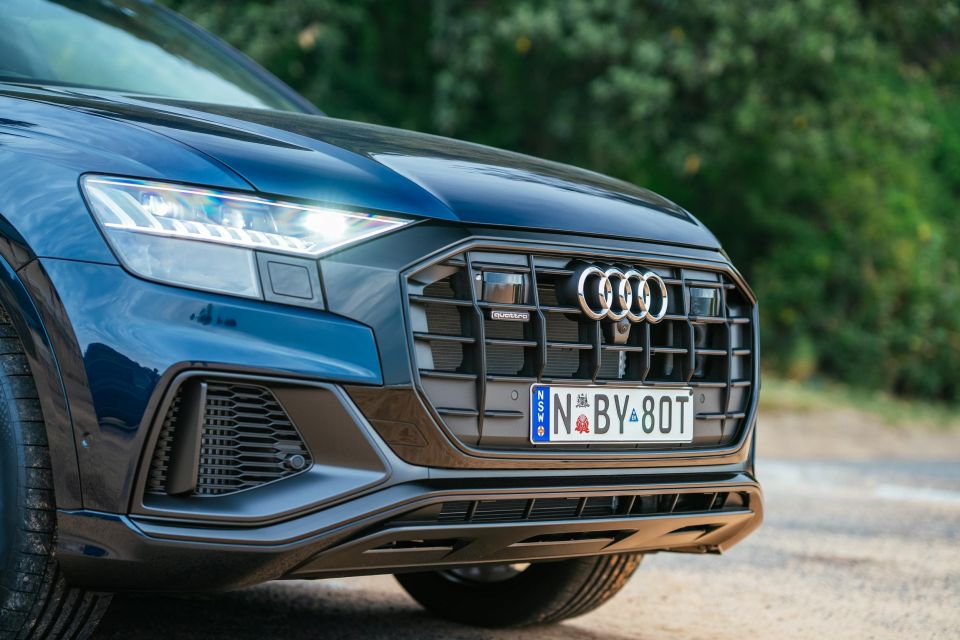
The new plug-in hybrid model looks like the existing Q8 SUV, which was in-turn joined by the existing Audi e-tron (which is now the Q8 e-tron, and is available as an SUV and a Sportback) that looks very different from the outside.
And then there’s the range of powertrains – six-cylinder petrol, diesel, newly-added PHEV, and the V8-powered SQ8 and RSQ8. Confused? That’s understandable, but I think it’s vital to understand where this new take on the Q8 theme is positioned in the entire model range.
That means you’re paying around $15K more for the PHEV version of the Q8 compared to a petrol-only version, but it seems very closely priced to the fully-electric Q8 e-tron SUV, which is only around $5500 more.
This review, clearly, is focused on the plug-in hybrid model, and while the standard spec details below will help you get an idea of whether it’s a good value proposition, the plug-in hybrid space is a now a busier place than you might realise.
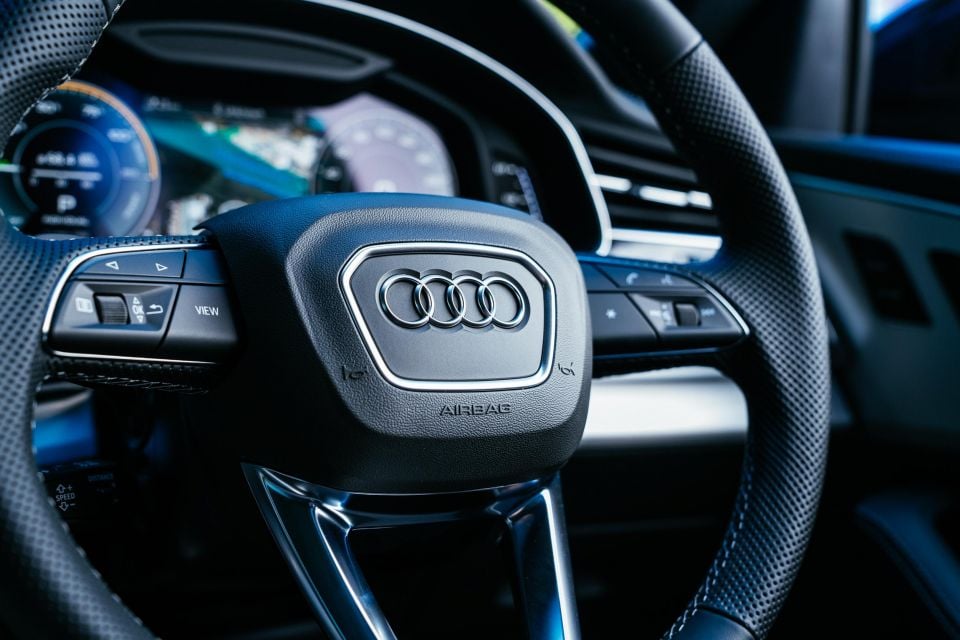
There are multiple options available in the luxury SUV space with PHEV capability, including the Range Rover Velar (from $131,475), Range Rover Evoque (from $106,675), Range Rover Sport (from $178,650), and the full-size Range Rover (from $254,500).
For those after something a bit more butch and bush-bashable, there is the Jeep Grand Cherokee 4xe (from $129,950), and Land Rover Defender 110 P400e (from $126,275).
And the mechanically-related Volkswagen Touareg R eHybrid looks like very good value at $129,990 before on-road costs. Porsche also offers E-Hybrid and Turbo S E-Hybrid PHEV versions of its Cayenne, a cousin to the Touareg and Q8, with prices ranging from $152,500 to $312,700 before on-roads.
Suffice to say, there are other choices out there. Or you could just be convinced by the fully electric Q8 e-tron, or the more affordable petrol version!
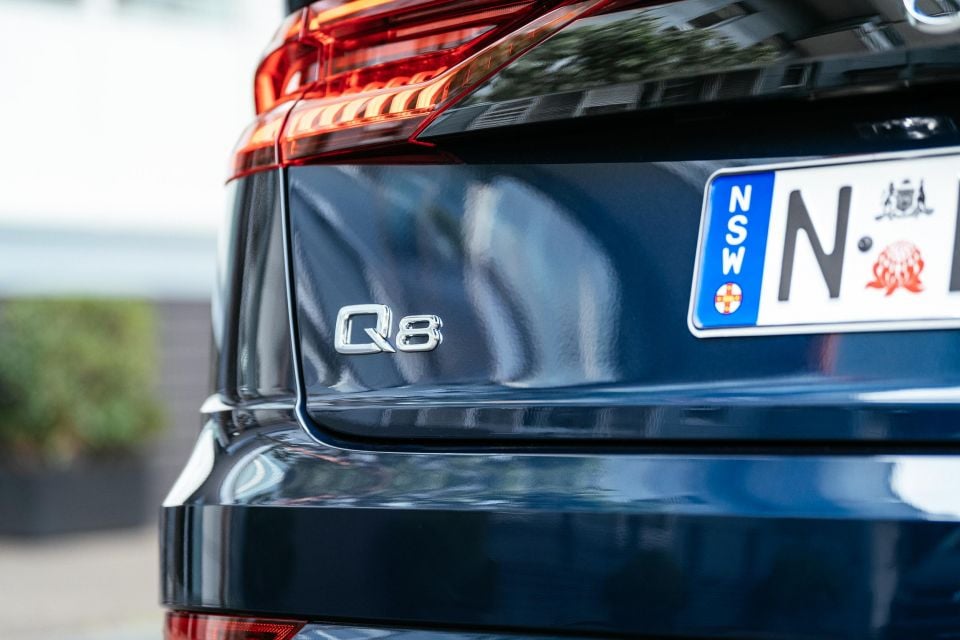
2024 Audi Q8 pricing:
Buy your new car without the stress. It's fast, simple and completely free.

Great service from Travis and team, second time I have used this business would not hesitate to recommend them to anyone
Craig C.
Purchased a Ford Ranger in Sunshine Coast, QLD
CarExpert helped Craig save thousands on his Ford Ranger, now let us save you on your next new car.
Find a dealIf you’re familiar with the existing Q8, you’re not going to feel out of place in the PHEV model.
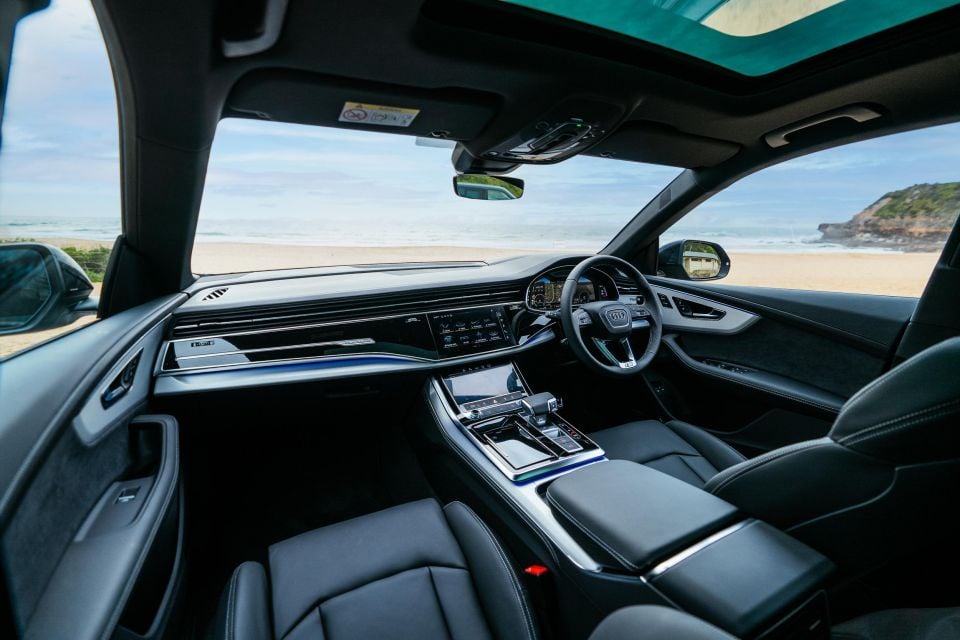
There are no wholesale changes here, and indeed the only adjustments have essentially been the inclusion of an EV button on the lower control panel and different displays on the Virtual Cockpit dashboard.
Otherwise, it’s what you’d expect, and that’s no bad thing – because the interior of a Q8 is a lovely place to be.
While this model had an optional extended leather package, the seat trim is beautiful, and there’s a technical interior look and feel that may not be as opulent as rivals, but is exactly what you’d expect from Audi.
The materials and build quality are lovely, and the practicality is good, too. While the twin-screen layout mightn’t be to all tastes, I appreciate that there’s a haptic feedback system built into both screens, so you can be sure that you’ve hit the intended control function rather than hoping you did.
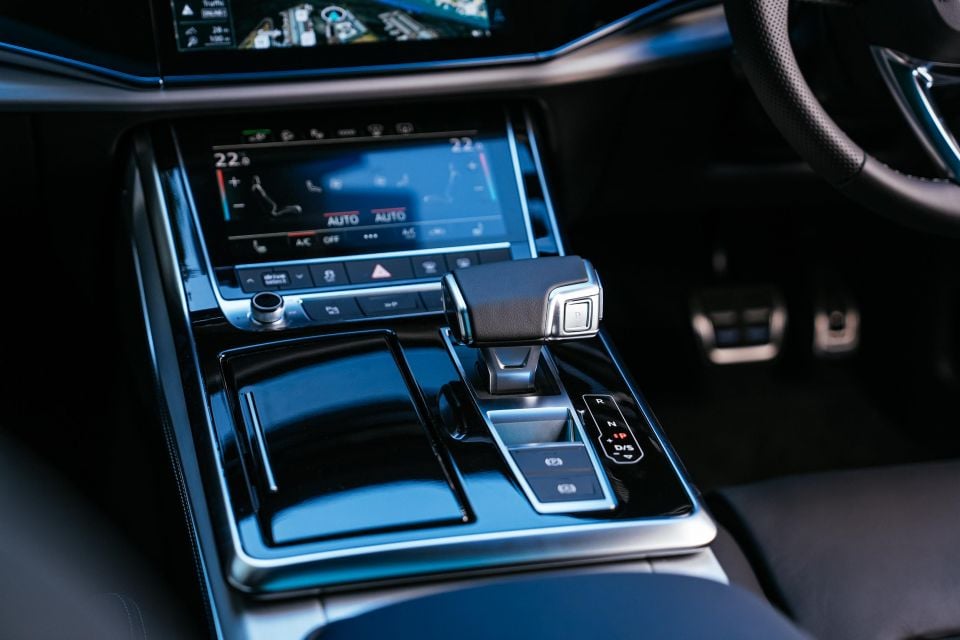
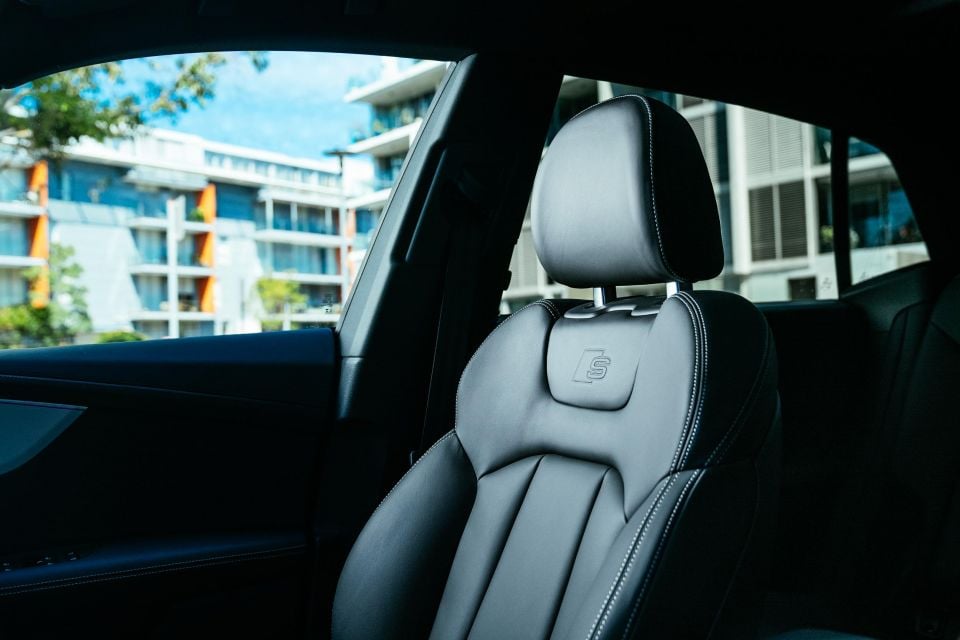
I had no issues with the controls and functionality of the screen, but you do need to learn the menus if you don’t plan to use smartphone mirroring for the majority of functions.
There’s ambient lighting and a beautiful layout to the dashboard, and storage is okay, with a pair of cup holders alongside the gear selector, a wireless phone charger in the tiny centre console bin, and bottle holders in the doors.
The second-row experience is also pretty impressive, with ample adult occupant space behind a 6’0/182cm driver. There’s good knee, toe, head and shoulder room, and you can fit three adults across if you need to, despite the big transmission tunnel intrusion in the second row.
It’s also lovely to see that there are directional air vents at knee height but also at face height in the B-pillars.

There are ISOFIX points and three top-tethers as well, and the optional package fitted to this car had the clever electrically adjustable side sunblinds, which my daughter thought were great (she also loved the panoramic roof, especially in the rain).
Storage options in the back are decent, with big door pockets, mesh map pockets on the seat backs (which have hard plastic kick plates to prevent kid damage!) and there is a flip-down armrest with a set of cupholders.
Oddly, you can’t fold the centre of the seat down as a ski port.
However, the seat does offer sliding functionality for improved boot space, or optimised passenger space. Backseat riders also have access to a pair of USB-C ports, and a 12-volt port.

Boot space for the Q8 60 TFSI e model is a bit less than other versions of the Q8. You get 505 litres with the rear seats in place in their rear most position (100L less than the ICE versions, and there is no space-saver spare wheel on offer here either – just a tyre repair kit.
It doesn’t mean it’s an impractical choice. It just means it’s not as practical as the cheaper Q8 models.
The Q8 60 TFSI e basically runs the same plug-in hybrid drivetrain as the related Volkswagen Touareg R eHybrid, one that combines a 3.0-litre turbocharged V6 petrol engine with an electric motor and a 17.9kWh lithium-ion battery pack – housed under the boot floor.
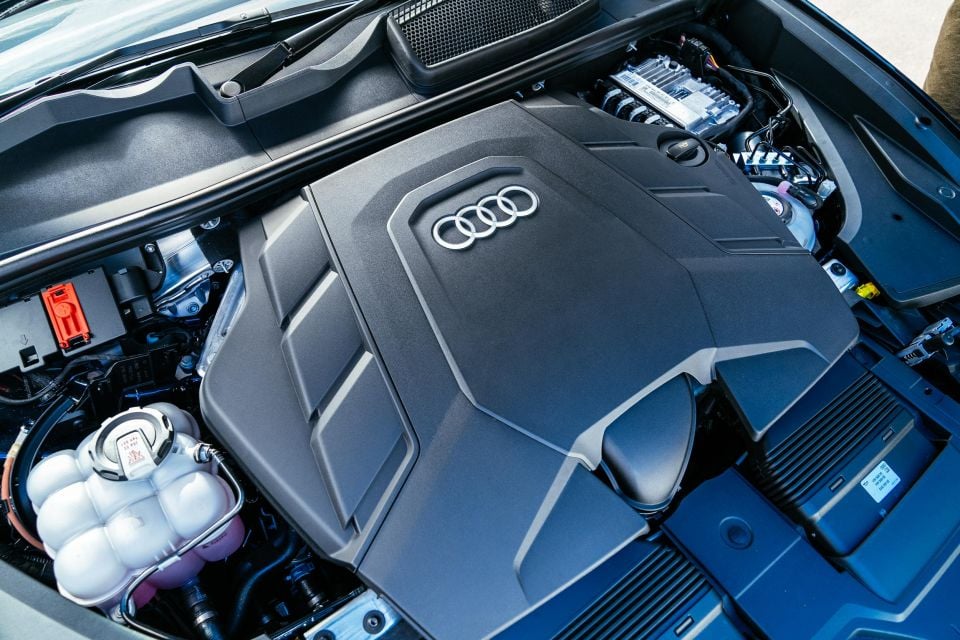
The petrol engine alone produces 250kW and 450Nm (essentially the Q8 55 TFSI specification), while the e-motor contributes 100kW and 400Nm.
Combined outputs are stated to be 340kW and 700Nm, which is enough to help this 5005mm long, 2400kg SUV sprint from 0-100km/h in just 5.4 seconds. This is half a second quicker than the 55 TFSI. The Q8 60 TFSI e uses an eight-speed automatic transmission (into which the e-motor is integrated), and has quattro all-wheel drive.
The battery unit is claimed to offer 59 kilometres of EV driving under the less stringent NEDC testing cycle or 47km on the WLTP cycle (see driving section below for real-world results), and the official fuel consumption figure of 2.6 litres per 100 kilometres. Fuel tank capacity is 85 litres.
The important thing to note with the fuel use claim is that you will only ever achieve that if you have a full electric battery, as the next 100km (using it as a hybrid, rather than driving in EV mode with petrol as a back-up) is never going to be as efficient.
There are multiple drive modes to choose from to alter and adapt the car’s powertrain to the driving conditions, including Auto, Charge (using the petrol motor to recharge the battery), Hold (to retain the battery at its current percentage) and EV (for fully electric driving).
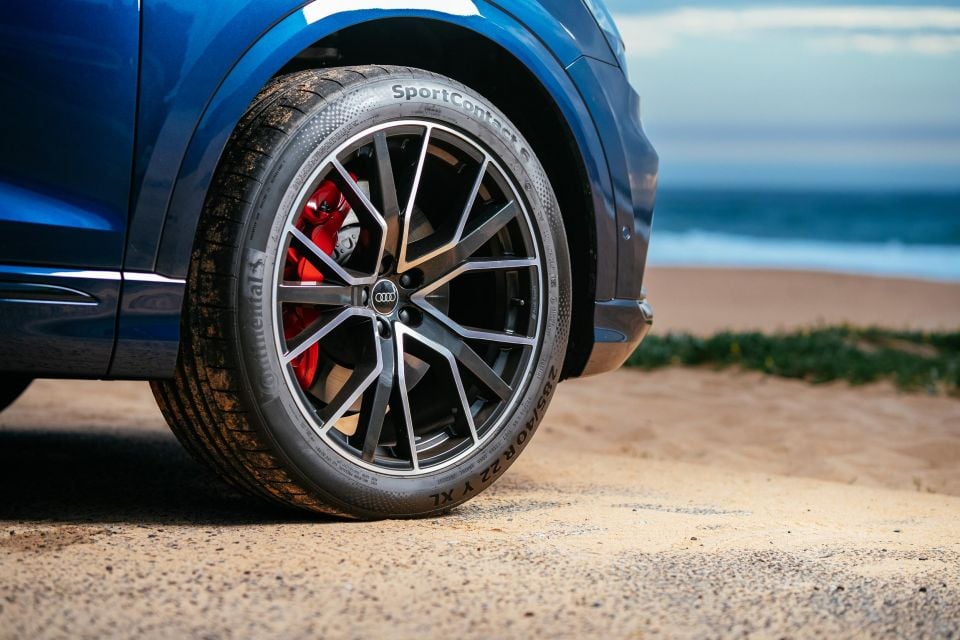
According to Audi, the vehicle’s navigation data can be used to predict the drive ahead and ensure the powertrain is running in its optimal way.
Of course there is a regenerative braking system that is said to be able to recuperate up to 25kW of energy when coasting, and up to 80kW under braking.
When it’s time to recharge, there’s a Type 2 AC connector, and the maximum charging rate for the Q8 60 TFSI e is 7.4kW, which the company states allows the battery to be fully charged in 2.5 hours.
All that, and it’s still rated to tow up to 3500kg (maximum braked towing capacity) with a 350kg downball weight. Wow.
As is the case with all PHEV models, the biggest consideration is whether it will work with your actual lifestyle.
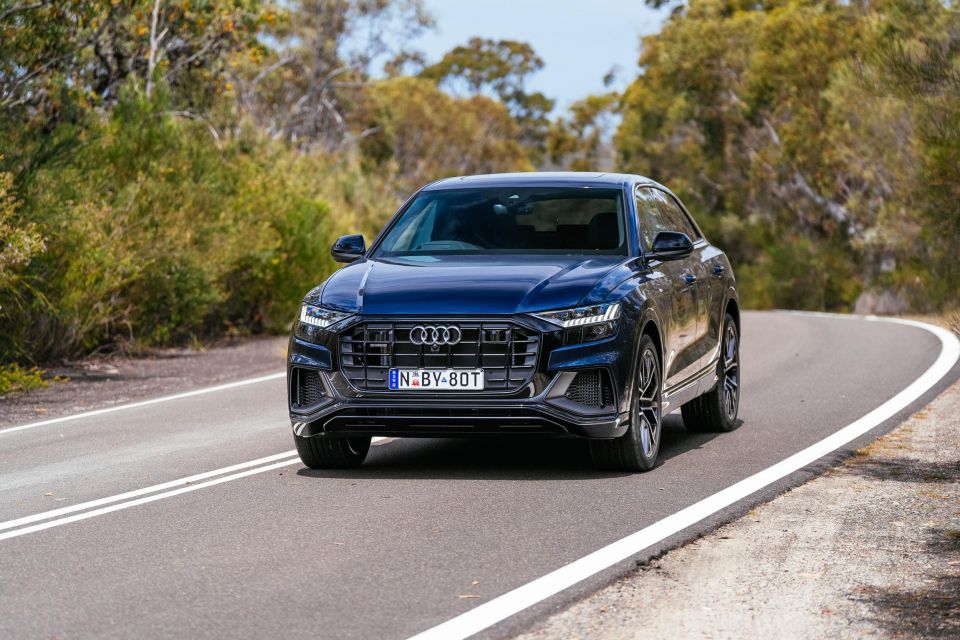
Like, the claimed EV range is 47km, and if you think you can run primarily on electric power say for commuting or the school drop-off, and that you will only need to call on the petrol engine when you’re going for a longer drive, then it could make sense.
But you should note that, for this test, I only managed to achieve an EV driving range of 38km, which lessens the usability of it. Indeed, I’ve done 88km in EV-only in a much cheaper Mitsubishi Outlander PHEV, and even 66km in the Peugeot 508 GT Sportswagon PHEV. So, this is not the most effective way to get into the EV-with-petrol-as-a-back-up lifestyle.
So, 38km? Not terrific for EV driving range, but it is pretty impressive in the way it will jump between petrol driving and dip back into EV mode when circumstances permit.
The powertrain; however, isn’t the most refined plug-in hybrid that I’ve sampled. A lot of that comes down to the fact that the electric motor is integrated into the transmission, and that means that at times it can feel a little ‘doughy’.
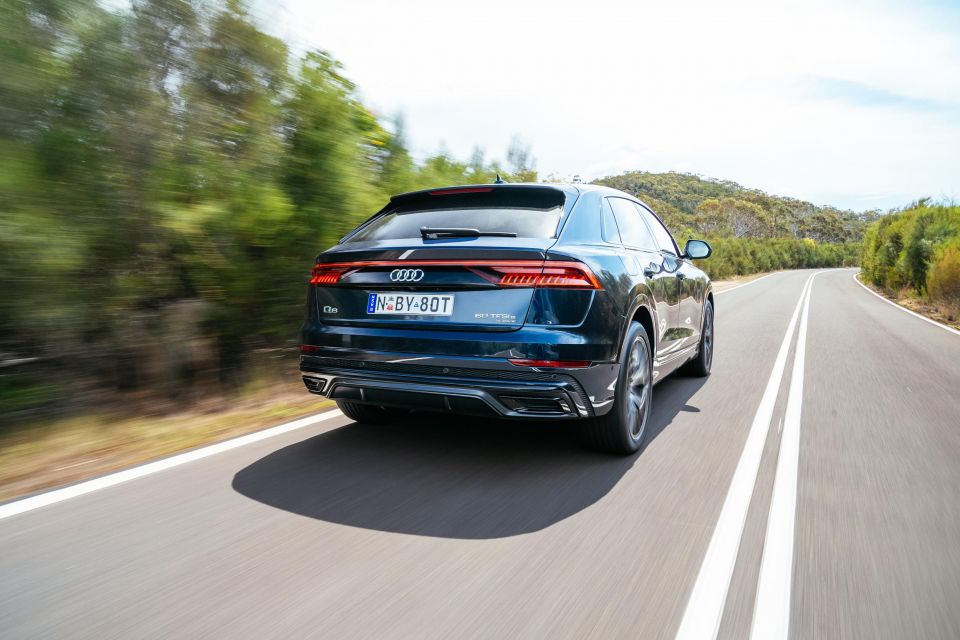
This is mainly if you are driving with a largely depleted battery and you accelerate from a standstill, when it can feel as though you’ve got some notable lag to contend with.
You can override that by selecting different drive modes, and it is still a very likeable car to drive in stop-start situations – especially when the battery is full. But it doesn’t feel sprightly; whereas, the petrol version without the plug-in hybrid tech does.
You can fix all this by putting the car into Dynamic mode, which will prioritise using the battery pack and the electric motor to offer the most possible power and torque. That drive mode also adjusts the suspension to be considerably firmer, makes the soundtrack of the powertrain a lot more aggressive, and also adds weight to the steering feel.
One thing that might take a little bit of getting used to is the brake pedal responsiveness and feel; although, over a few hours of driving I managed to get used to it pretty easily. It’s just a little bit touchy at times, and regenerative braking is integrated into the system.
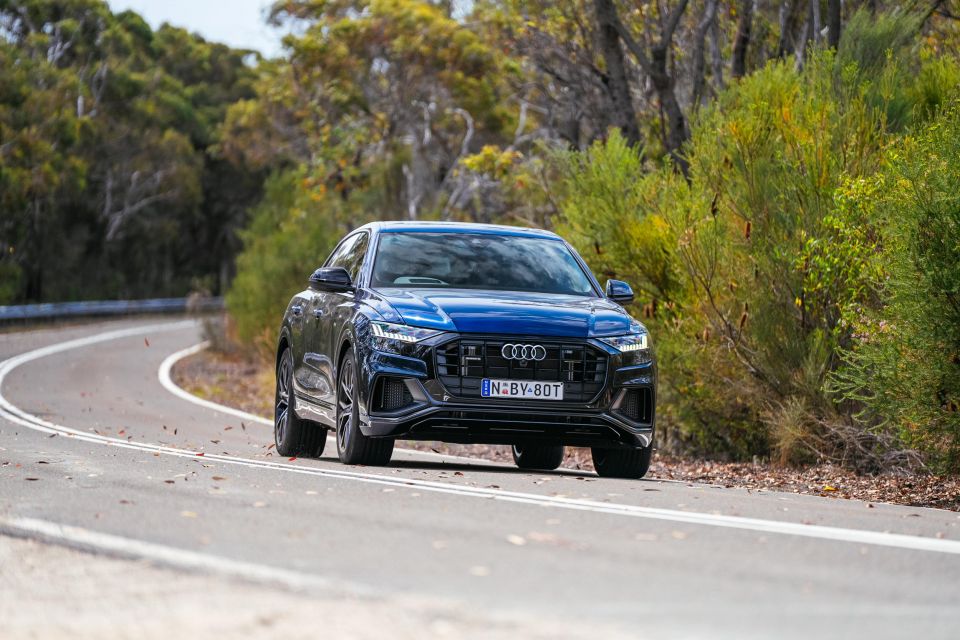
Where expert car reviews meet expert car buying – CarExpert gives you trusted advice, personalised service and real savings on your next new car.
But I would say the standout element of the drive experience for the Q8 plug-in hybrid already existed before this powertrain was added to the ingredients list. Namely, the fact that it’s got adaptive air suspension which is extremely comfortable and offers a level of ride comfort and composure that is hard to match.
The suspension seemingly communicates between the front and rear axle when you do go over a bump – if it’s a sharp edge and the front axle senses that, the rear axle seems to be able to adjust to suit – and it really does have a brilliant ride in a lot of different situations.
What fails that ride a little bit is the fact that you’ve got huge (optional) 22-inch wheels, which are no doubt very heavy, and you’ve also got quite a broad tyre with a big footprint on the ground below. So you can expect that you are going to feel some of the lumps and bumps in the road surface.
The steering response depends on the drive mode chosen, but is light and accurate. However, it doesn’t offer immense levels of communication and feel, but is at least perfectly usable in a lot of different situations. It’s not going to excite you as much as an SQ8 or RSQ8 would, but that’s not this model’s job.
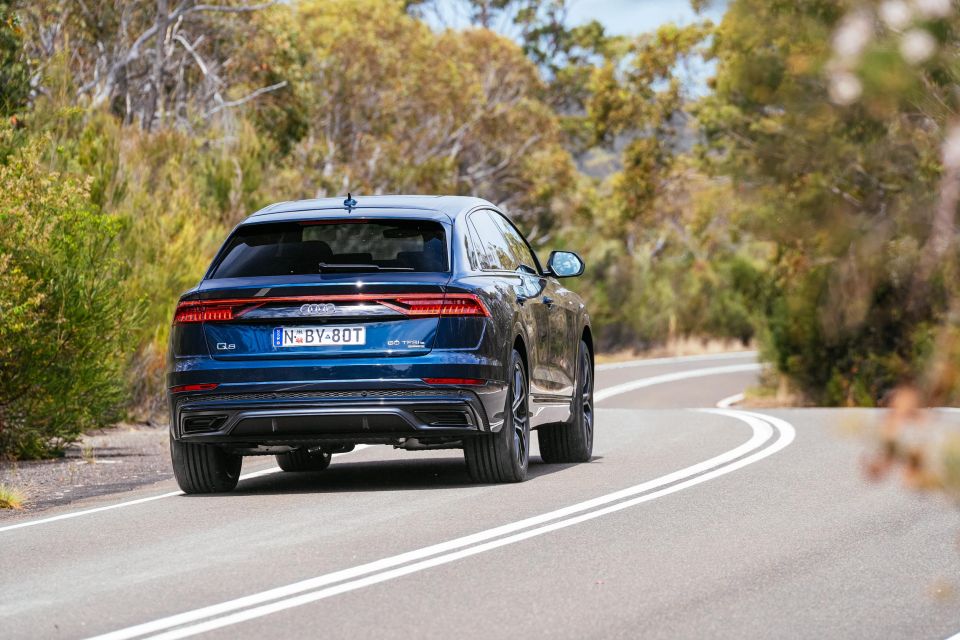
This model is very refined, though. There’s not much noise intrusion into the cabin, and that makes it feel luxurious.
Now, after about 180km of driving, I used all the battery pack (38km) and then ran the car in hybrid mode primarily, and after the first 100km I had a displayed return of 6.6 litres per 100km. And when I handed the car back, that figure had climbed to 8.6 litres per 100km.
That’s not terrible, and as a worst-case scenario it would be fine – even perfectly acceptable considering the size and luxury on offer in this car. But it does reinforce that, like all PHEVs, it’s really going to come down to whether you think it will work for your lifestyle.
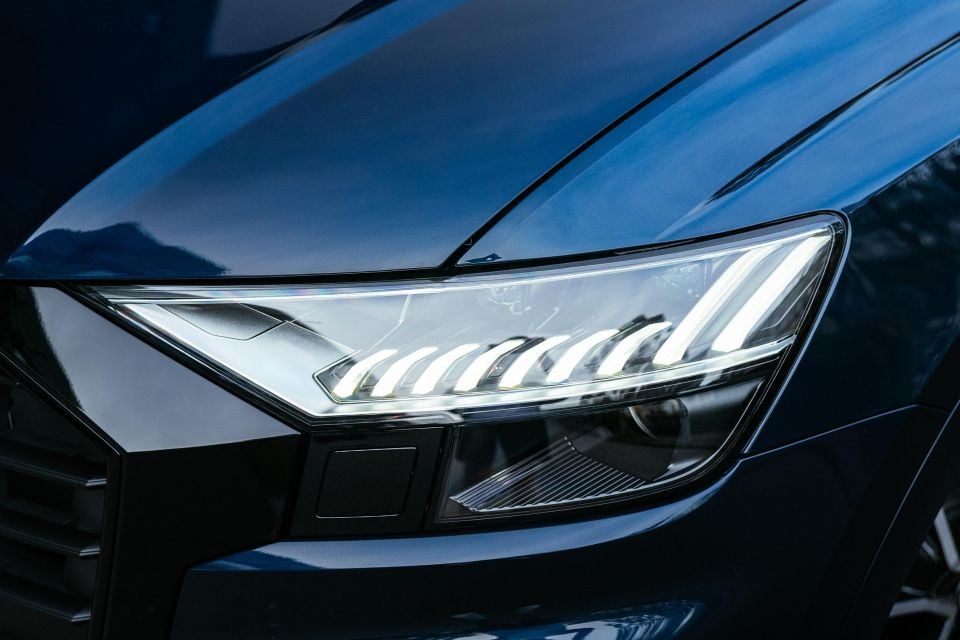
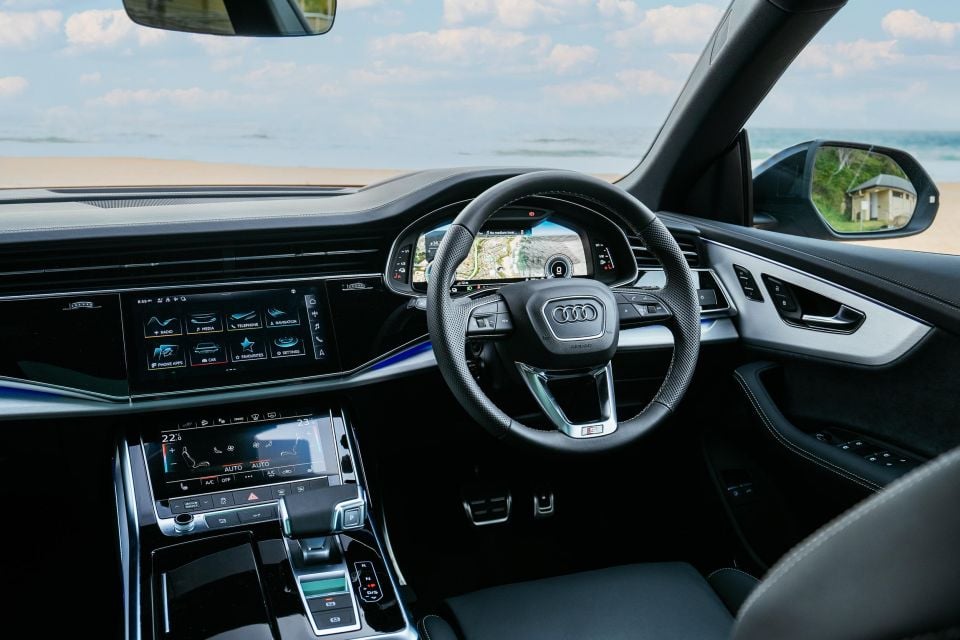
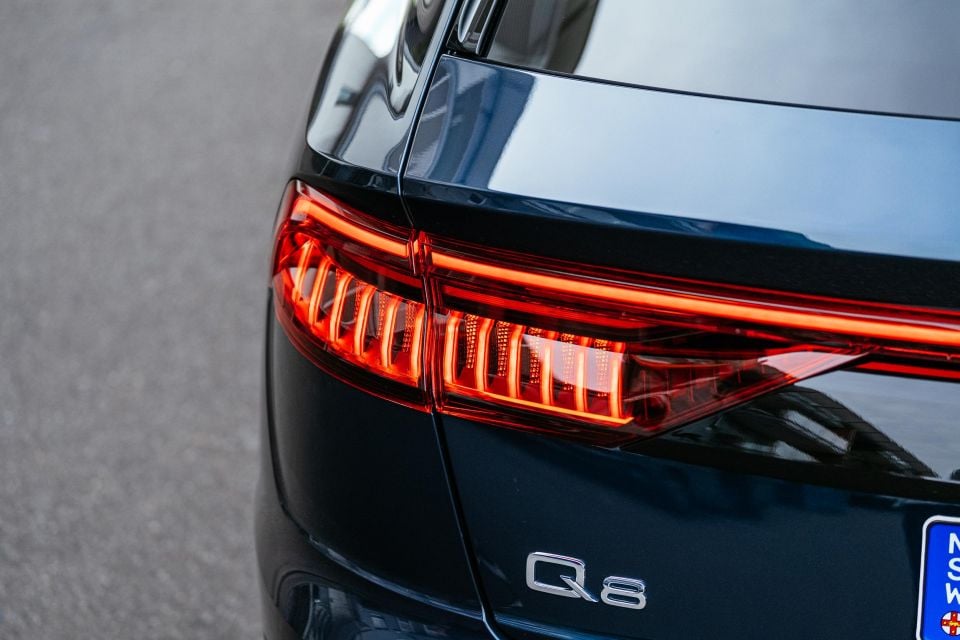
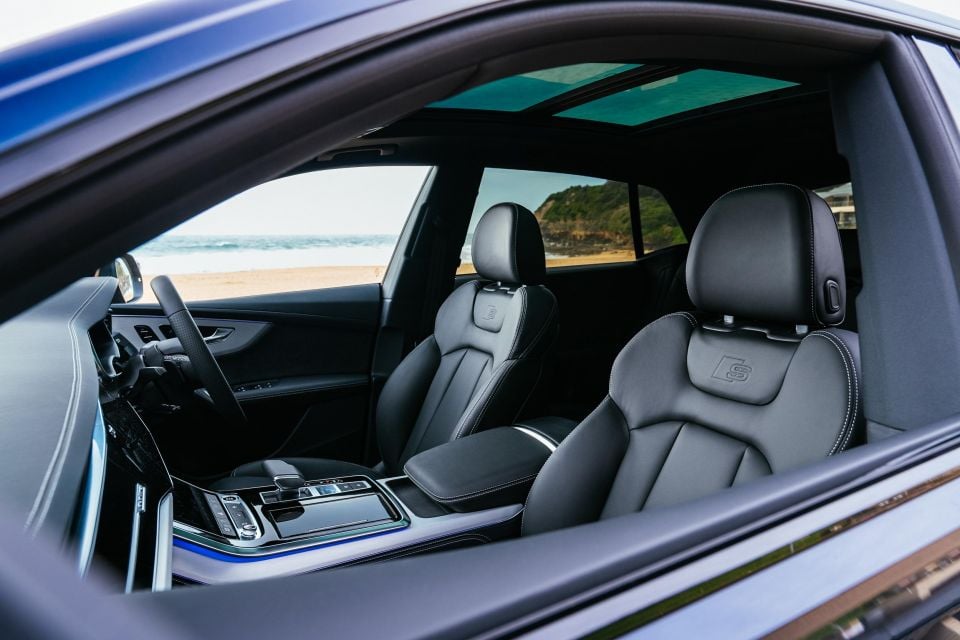
Q8 60 TFSI e highlights:
The test vehicle seen here has those aforementioned 22-inch wheels ($2300), metallic paint ($2300) and the extended “full leather” package for an eye-watering $8900 but includes leather trim for the centre console, armrests, upper and lower dashboard, and it also incorporates electric sunblinds for rear side windows and a manual sunblind for the rear window.
The Q8 petrol and diesel models are covered by a five-star ANCAP safety rating from 2019; although, the PHEV model isn’t listed as being covered by the same score.
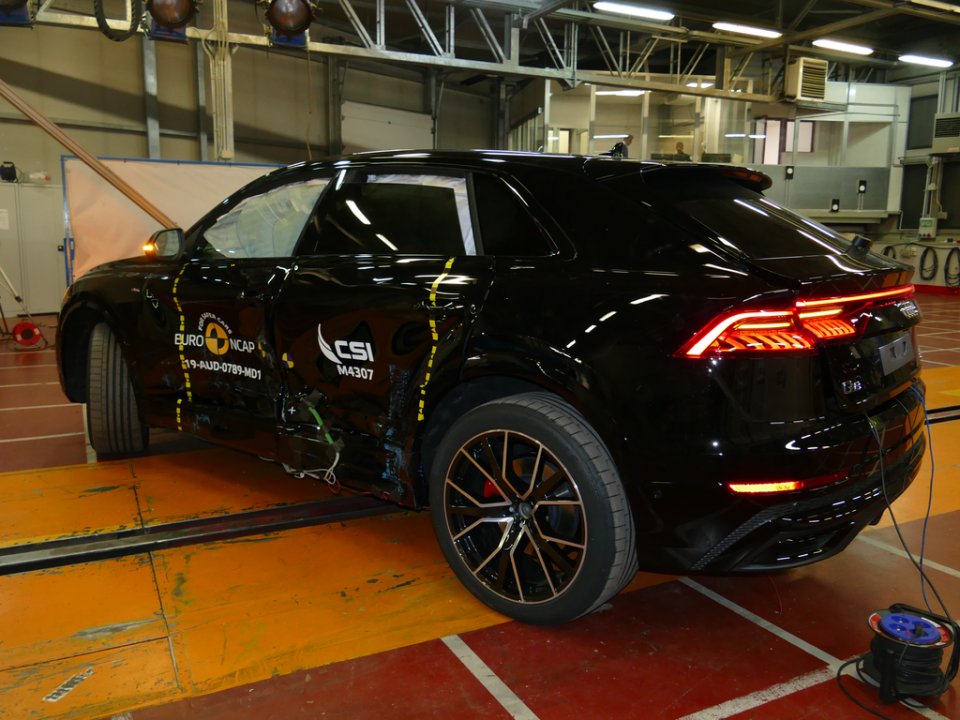
Even so, the Q8 scored well for adult occupant protection (93 per cent) and child occupant protection (88 per cent), and had respectable scores for vulnerable road user protection (71 per cent) and safety assist (75 per cent).
Standard safety features include:
The Q8 has eight airbags – dual front, front side, rear side and full-length curtain coverage.
Audi offers a five-year, unlimited kilometre warranty in Australia, and there’s complimentary roadside assistance on offer, too.
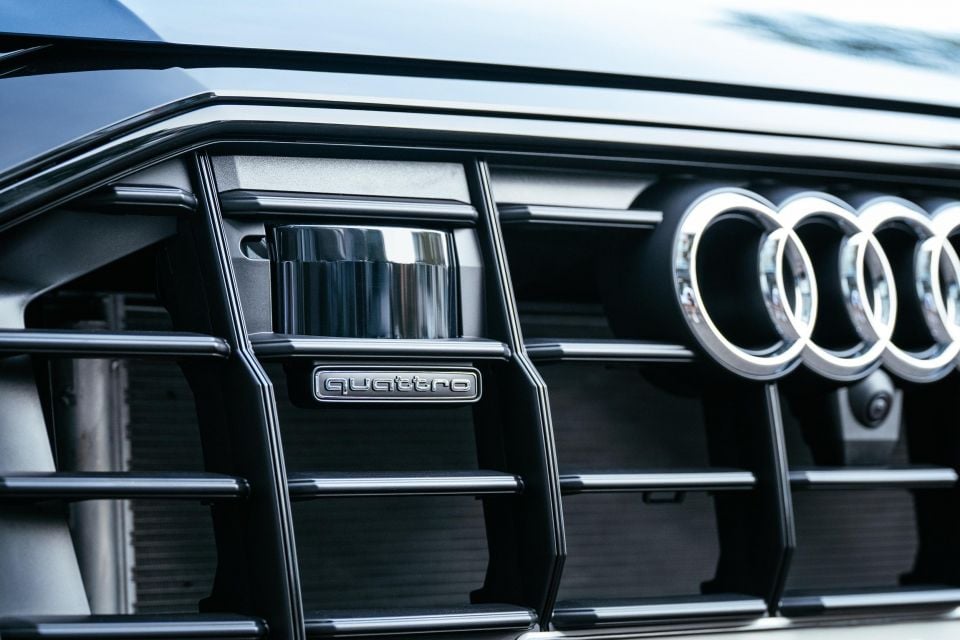
Servicing can be taken care of either by paying as you go, or by electing to take up a five-year/75,000km servicing plan, at a cost of $3570.
The 12-month/15,000km intervals are good, but keep in mind you will probably pay more for maintenance if you don’t prepay your service pack. Worth noting that you can get access to a service loan vehicle when it’s time for maintenance, too.
The brand also prides itself on offering owners specific lifestyle experiences with a mix of different events taking place throughout the year.
More EV driving range would be welcome here, and a lower price point, too.
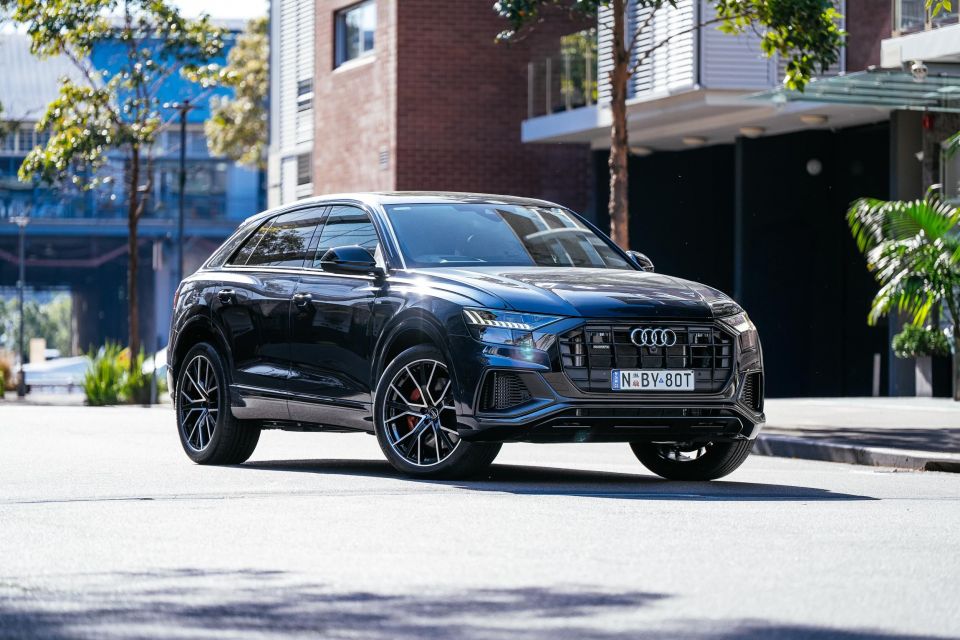
It’s hard to see why a buyer would consider this, if they were thinking with their wallet.
But if you know a PHEV will work for your lifestyle, and you want one of the most luxurious takes on the theme, then the Audi Q8 60 TSI e may well be perfect for you.
Click the images for the full gallery
BUY: Audi Q8 MORE: Everything Audi Q8
Where expert car reviews meet expert car buying – CarExpert gives you trusted advice, personalised service and real savings on your next new car.
Matt has more than a decade of experience in automotive journalism, and loves exploring the pros and cons of new cars, delving into deep-dive industry stories, and going for a drive just for the fun of it.


Max Davies
43 Minutes Ago


William Stopford
17 Hours Ago


Ben Zachariah
18 Hours Ago


Derek Fung
18 Hours Ago


Matt Campbell
1 Day Ago


William Stopford
2 Days Ago